Port Elizabeth – Bottlenose Dolphin Capital of the World
Port Elizabeth – Bottlenose Dolphin Capital of the World
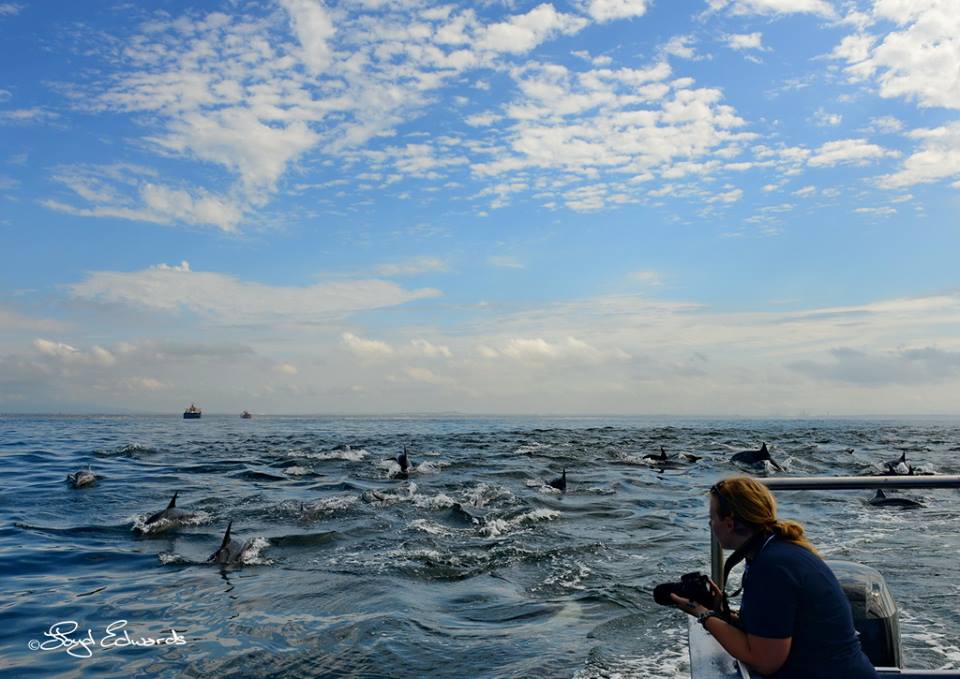
Scientific research conducted in the 1990s by leading South African cetacean scientist, Dr Vic Cockcroft from the Centre for Dolphin Studies, revealed that approximately 20 000 Indo-Pacific Bottlenose Dolphins Tursiops aduncus, were making use of Algoa Bay.
In a recent study of the population of Indo-Pacific bottlenose dolphins in Algoa Bay, Ryan Reisinger and Leszek Karczmarski* used a photographic data set of over 10 000 ID-images, which enabled them to accurately identify 1 569 individual dolphins by distinctive markings, such as deep notches, on the edges of their dorsal fins. Subsequently, photo-identification data collected on 54 occasions during a 3-yr-study period could be used in a ‘mark-recapture’ statistical analysis (without, you will note, having had to touch a dolphin to be marked or recaptured!). This estimated a population of 28 482 individuals.
Ryan and Leszek concluded this was the: “LARGEST POPULATION ESTIMATE TO DATE FOR THIS SPECIES ALONG THE SOUTH AFRICAN COAST, suggesting that the bottlenose dolphins inhabiting the Algoa Bay region represent part of a substantially larger population that ranges along a considerable length of the South African coast” (Reisinger & Karczmarski, 2010; emphasis by capitalisation is ours).Bottlenose dolphins got their name from having distinctly bottle-shaped beaks. Scientists have recently discovered that this genus has three different species, with the Indo-Pacific species being the most commonly found in Algoa Bay.
Bottlenose Dolphin Facts

Indo-Pacific bottlenose dolphins reach a maximum of 2.6m and 230kg and are dark grey above and almost white on their belly which is often spotted as they get older. All bottlenose dolphins are known for being very inquisitive of humans, often coming close to boats and bow-riding the waves created. They are often seen breaching and leaping out of the water, in what appears to be joy. Bottlenose dolphins can dive up to 300 metres and hold their breath for up to 20 minutes. However, they are often found in shallow waters, no more than 30 metres deep and dive for 3-4 minutes. They are generally found in groups from 1-400, though have been known to join other schools, forming groups of up to 1,500. In Algoa Bay they are frequently spotted along the beachfront, and some of their favourite haunts include the shallower waters around the islands we have in the bay.
Bottlenose dolphins are both cooperative and opportunistic feeders, eating fish, cephalopods, krill and other crustaceans. They can reach speeds of up to 30km/h when chasing shoals of fish, however usually cruise along between 5 and 11km/h. Pods will work together to find and herd fish by emitting high frequency sound beams which bounce off prey and are picked up and analysed via an opening in a bone in the lower jaw. Fish will often be trapped against the shore, allowing dolphins to grab the prey with their teeth. They also produce a low-frequency, high energy beam which stuns fish allowing them to catch their dinner more easily. This method of producing sounds in order to establish where/what things are is called echolocation.

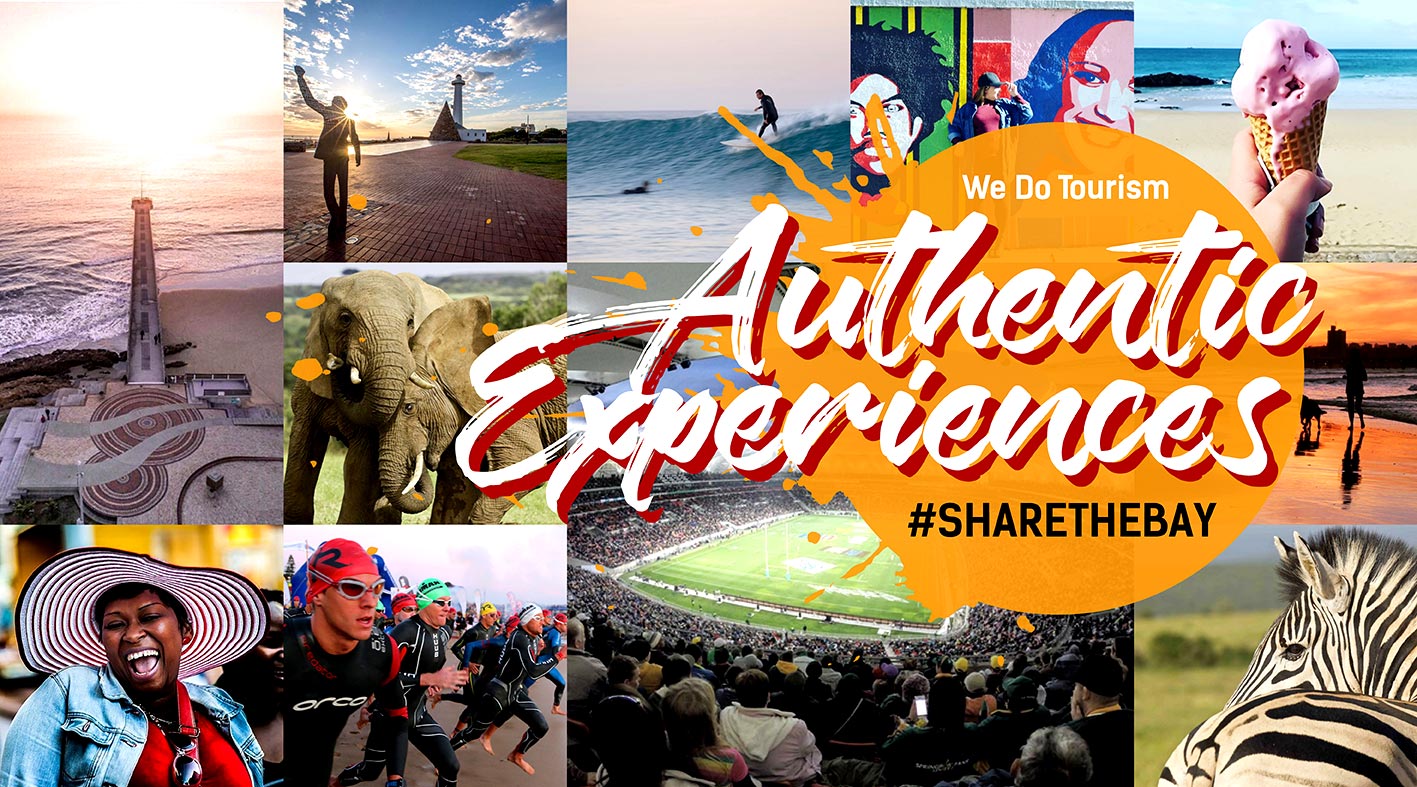
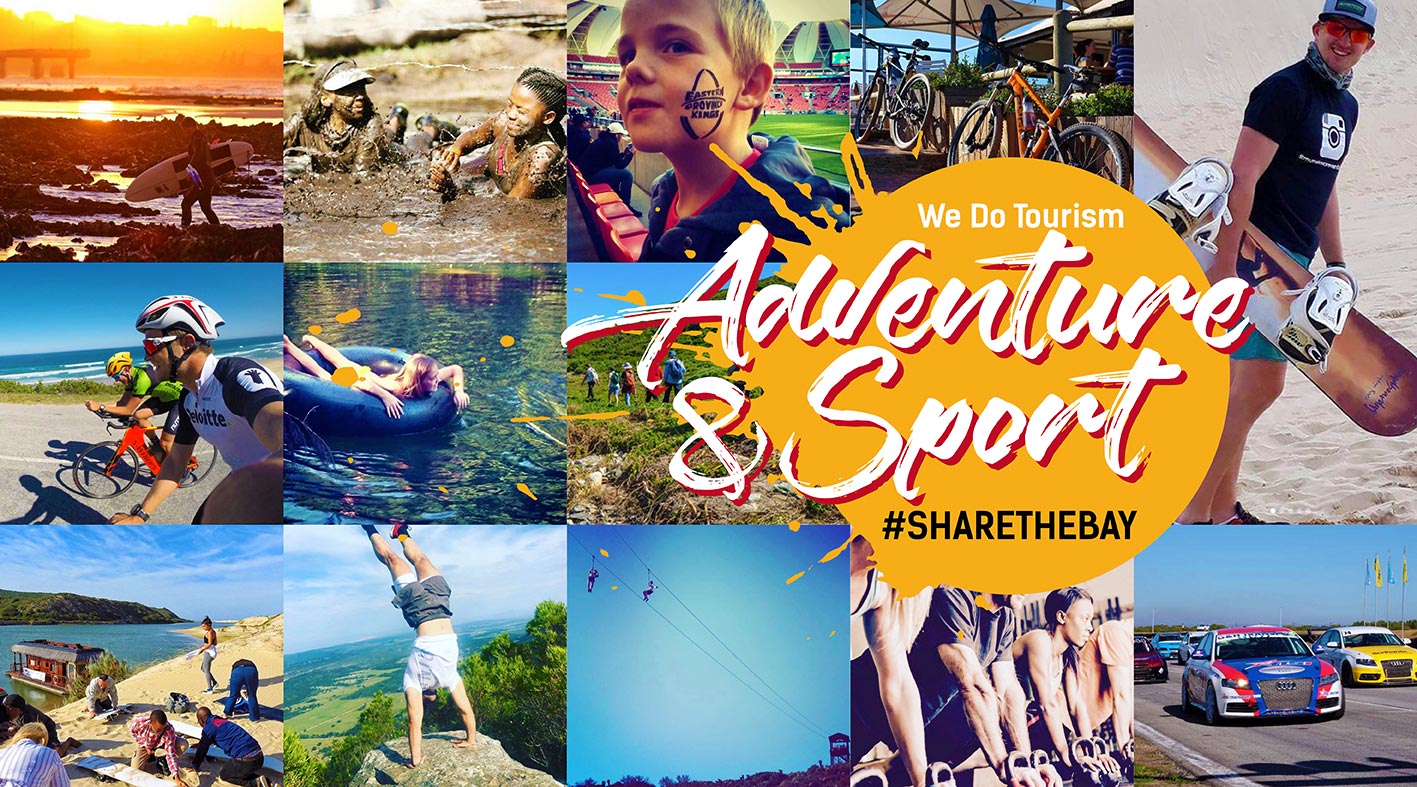

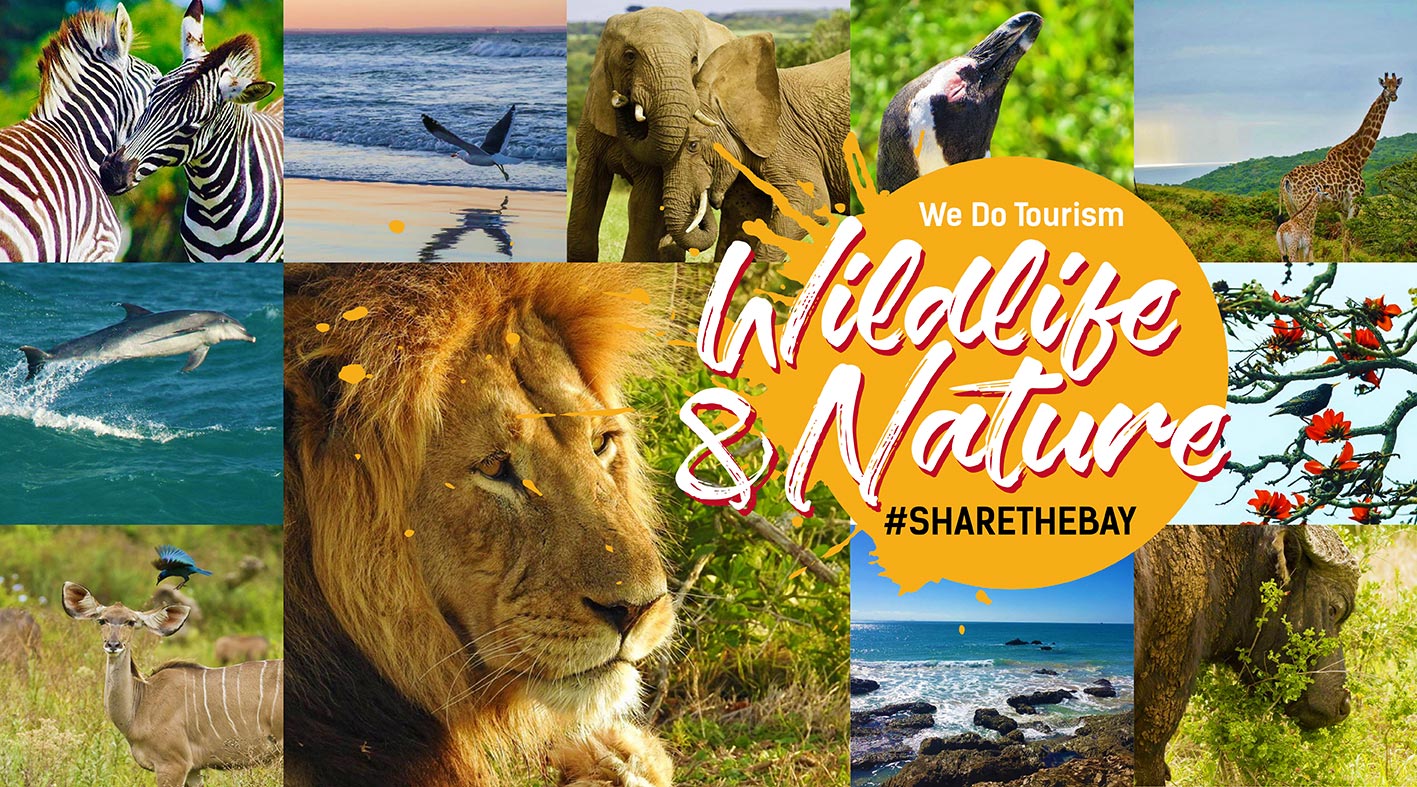
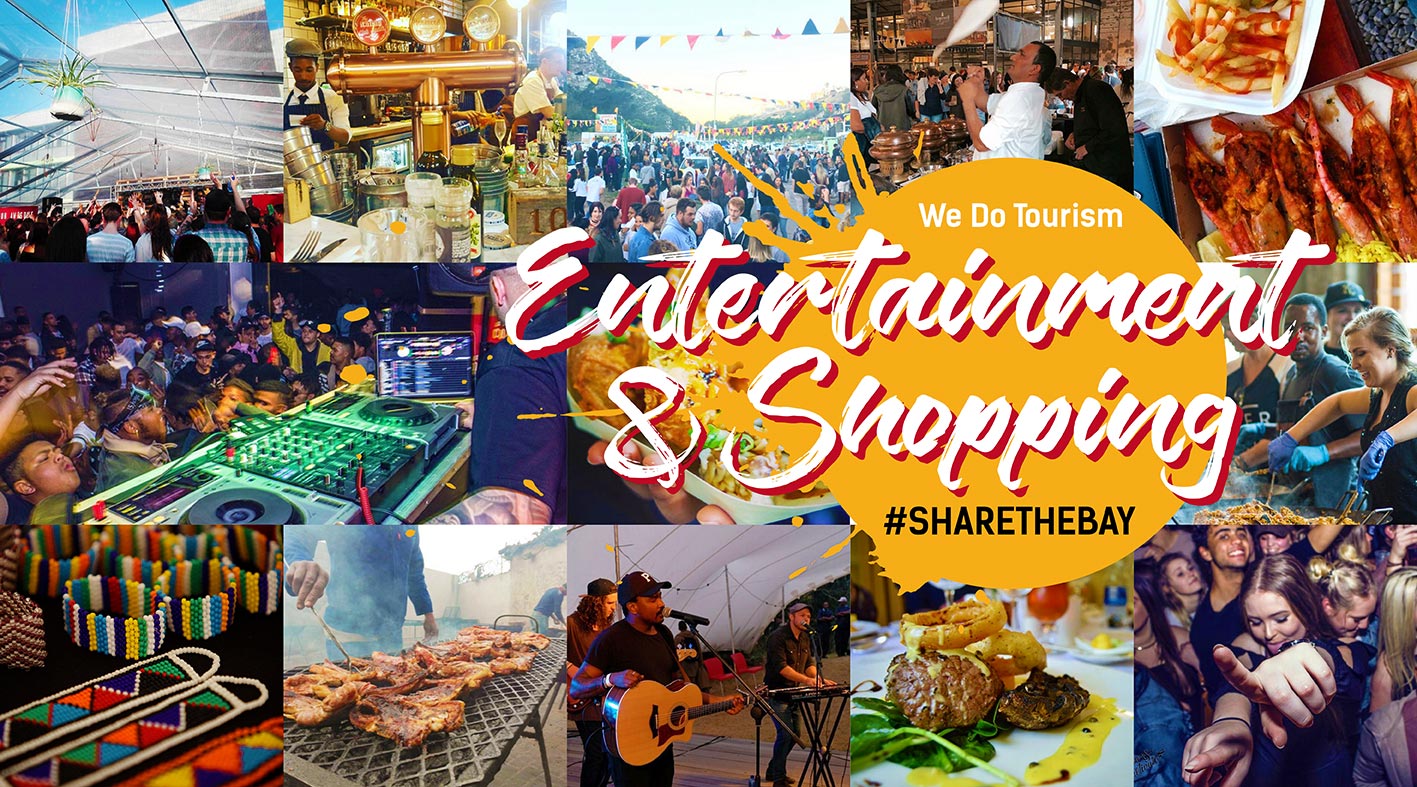
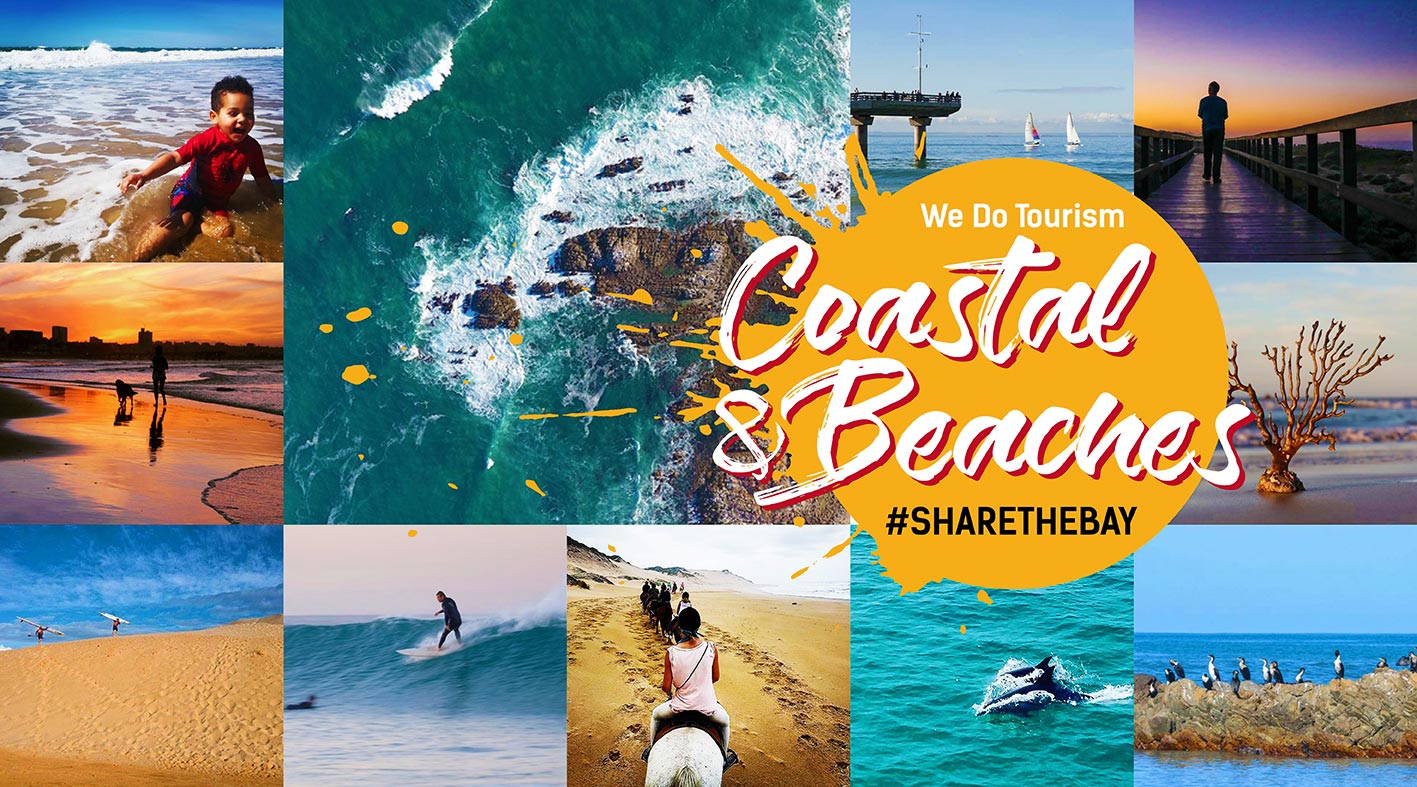


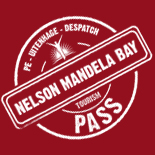











 Please wait!
Please wait!